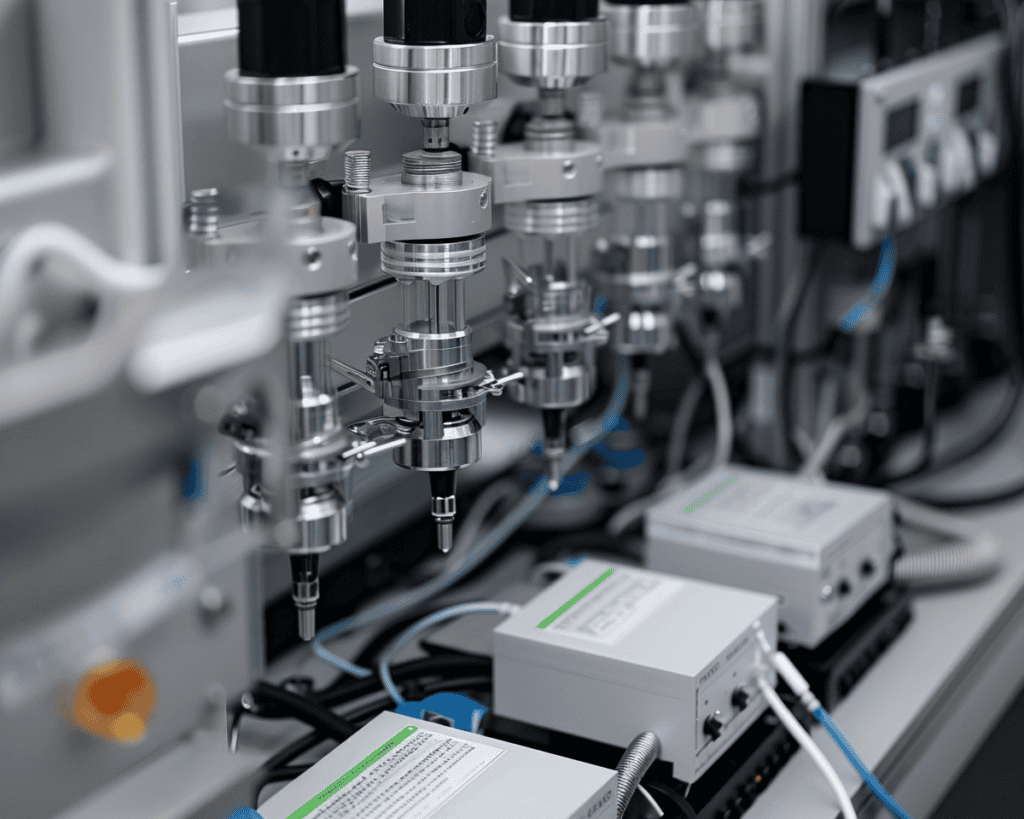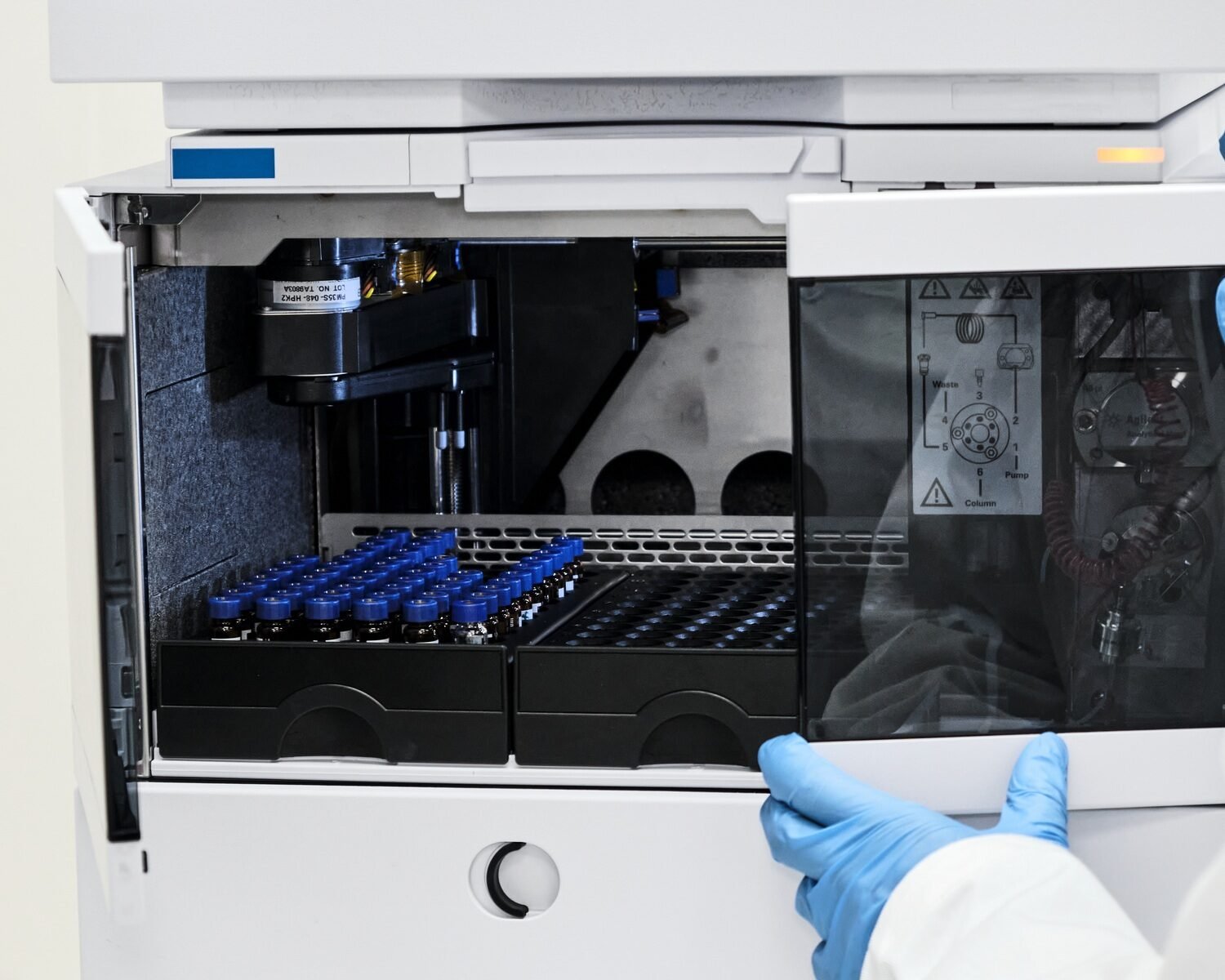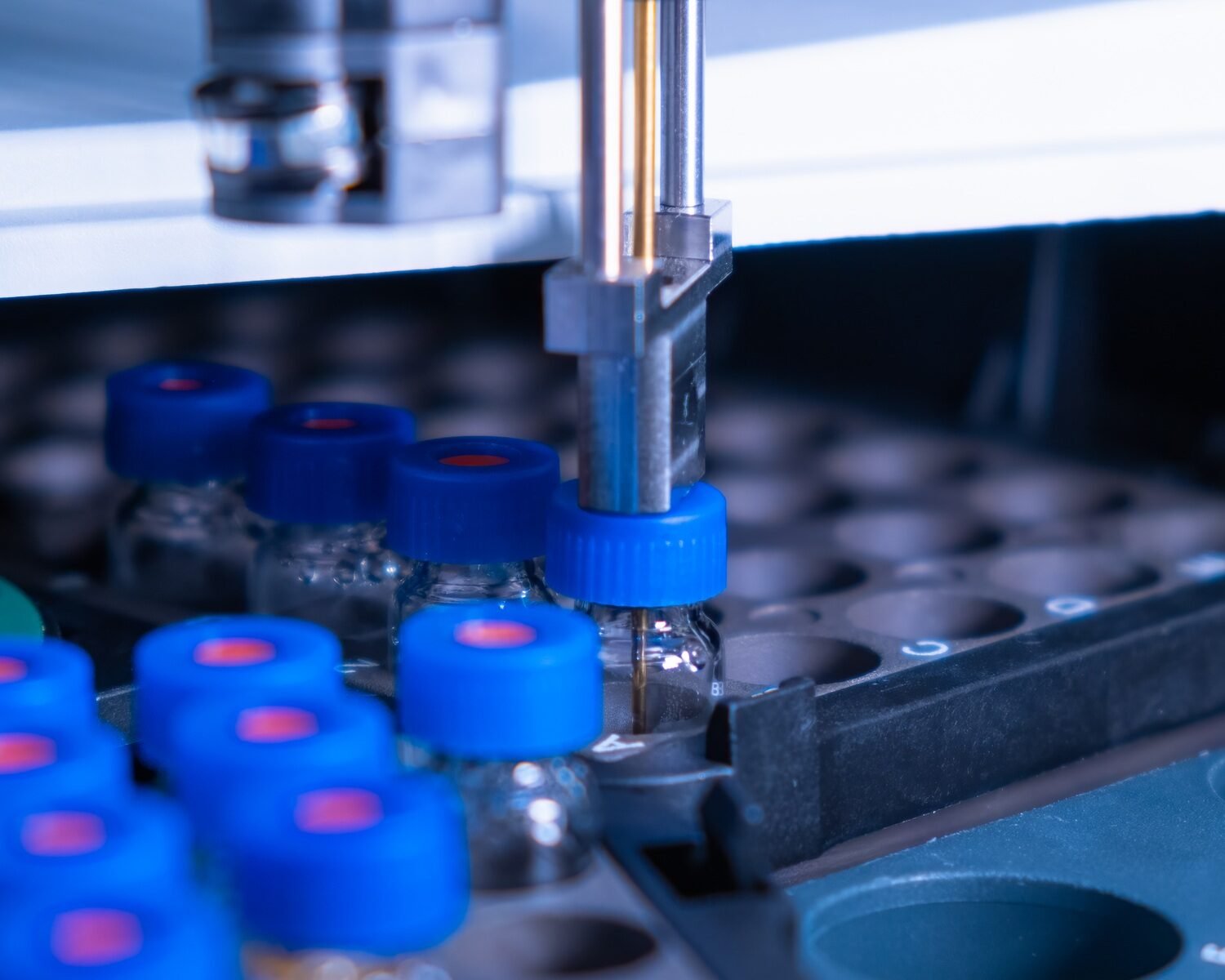
Hey there! If you’re diving into gas chromatography (GC) and feeling a bit overwhelmed by all the technical terms, you’re not alone. Two concepts that often come up are total flow and purge flow. Let’s break these down in a friendly, conversational way, so you can understand what they are and why they matter.
Introduction
Gas chromatography is a powerful tool used in labs to separate and analyze compounds that can be vaporized without decomposition. But to get accurate results, you need to understand the various flows involved. Today, we’ll talk about total flow and purge flow, two critical aspects of gas chromatography that ensure your analysis is spot-on.
Understanding Gas Chromatography
What is Gas Chromatography?
Before we jump into the specifics of total flow and purge flow, let’s quickly recap what gas chromatography is all about. In GC, a sample is vaporized and carried by an inert gas (the mobile phase) through a column packed with a stationary phase. As the sample moves through the column, its components separate based on their interactions with the stationary phase, allowing for individual analysis.
Why is Flow Important in GC?
Flow rates in GC are crucial because they affect the separation quality and analysis time. Too fast, and components might not separate properly. Too slow, and your analysis could take forever. Finding the right balance is key, and that’s where understanding total flow and purge flow comes into play.
What is Total Flow in Gas Chromatography?
Definition of Total Flow
Total flow in gas chromatography refers to the overall rate at which the carrier gas moves through the entire system. This includes the flow through the column and any additional paths, such as split lines or detectors.
Why Total Flow Matters
Getting the total flow right is essential because it impacts the efficiency of your separation and the sensitivity of your detection. If the total flow is too high, you might end up with poor separation. If it’s too low, the analysis could take too long and might not be efficient.
Components of Total Flow
Total flow is made up of several components:
- Column Flow: The flow of carrier gas through the chromatographic column.
- Split Flow: The portion of carrier gas that carries the sample to the split vent in a split/splitless injector.
- Detector Flow: The flow of carrier gas through the detector.
Optimizing Total Flow
To optimize total flow, you need to balance these components based on the specific needs of your analysis. For instance, adjusting the split ratio can help you achieve the right total flow for your sample size and complexity.
What is Purge Flow in Gas Chromatography?
Definition of Purge Flow
Purge flow, also known as septum purge flow, refers to the flow of carrier gas that sweeps away any vapors that might escape from the septum area in the injector. This is important to prevent contamination of the column and detector, which can lead to inaccurate results.
Why Purge Flow Matters
Purge flow is crucial for maintaining the integrity of your analysis. Without it, contaminants from the injector area could enter the column and interfere with your sample, leading to erroneous data.
Components of Purge Flow
Purge flow involves:
- Septum Purge: The flow of carrier gas that removes contaminants from the septum area.
- Split Vent Purge: In split/splitless injectors, this helps carry away excess sample and solvent vapors.
Optimizing Purge Flow
Just like total flow, getting the purge flow right is essential. You want enough purge flow to keep the injector clean but not so much that it affects the overall pressure and flow dynamics of your system.
How Total Flow and Purge Flow Work Together
Balancing the Flows
In gas chromatography, total flow and purge flow need to be carefully balanced to ensure optimal performance. If your total flow is set correctly but your purge flow is too low, you might still face contamination issues. Conversely, if your purge flow is too high, it could disrupt the total flow and affect your separation.
Practical Tips
- Monitor Regularly: Keep an eye on your flow rates during runs to ensure they remain stable.
- Adjust as Needed: Don’t be afraid to tweak settings based on your observations and specific analysis needs.
- Consult Manuals: Equipment manuals often provide recommended flow rates for different analyses.
Real-World Applications and Examples
Example 1: Environmental Analysis
In environmental analysis, where samples might contain trace amounts of contaminants, precise control over total and purge flows is critical. For instance, when analyzing water samples for pollutants, maintaining an optimal total flow ensures that even tiny amounts of contaminants are separated and detected accurately.
Example 2: Pharmaceutical Testing
In pharmaceutical testing, purity is paramount. Any contamination from the injector can lead to false results. Here, maintaining a proper purge flow is essential to ensure that no external contaminants affect the analysis of drug compounds.
Conclusion
Understanding total flow and purge flow in gas chromatography can seem daunting at first, but it’s really about balance and precision. Getting these flows right ensures that your analyses are accurate and reliable, which is crucial whether you’re testing environmental samples, pharmaceuticals, or any other compounds.
Final Thoughts
If you’re new to gas chromatography or just looking to improve your skills, don’t hesitate to experiment with different settings. Talk to colleagues, read up on best practices, and consult with experts. Remember, every tweak brings you closer to perfecting your method and getting the most accurate results possible.
Sources
- Agilent Technologies – Gas Chromatography
- Thermo Fisher Scientific – Gas Chromatography Fundamentals
- ScienceDirect – Gas Chromatography
By understanding and optimizing total flow and purge flow, you’ll be well on your way to mastering gas chromatography and achieving the best possible results in your analyses.











